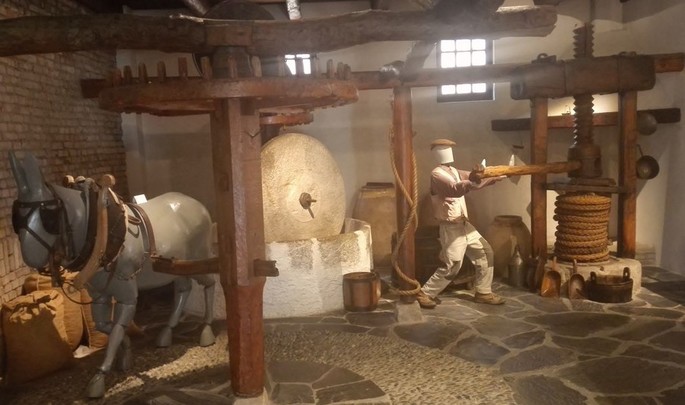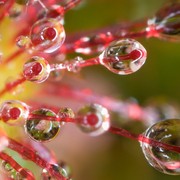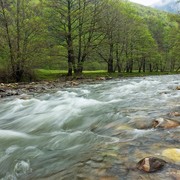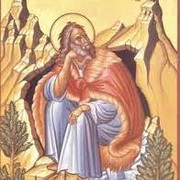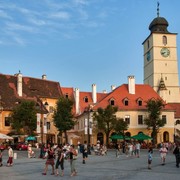Ready to get started?
1 - HISTORY OF OLIVE. The museum begins with a surprising find. Have you ever seen the fossilized trunk of a wild olive tree 12 million years ago? A narrative voice illustrates the origins of the plant that is the protagonist of the museum and the beginning of its relationship with man through artifacts from different eras.
2 - BOTANICAL AND OLIVE GROWING. Through the reconstructions, the tools of the past and a film, we get to the heart of the cultivation and the botanical characteristics of the olive tree. A splendid hanging olive grove contains some tree varieties, including a curious olive bonsai.
3 - THE GIFTS OF OLIVE. Rare and curious pieces show us the most varied uses that man has made of this tree and its fruit for eating, caring, lighting, heating. We even find the Greek wrestler's gym kit, essential for massages, and a special lamp in which the oil was also used to measure time.
4 - THE JOURNEY OF OIL AND OLIVE TREE. Precious finds and explanatory panels tell the ways of spreading the olive and its fruits throughout the Mediterranean. Here are presented the routes, the ships, the vessels used for transporting oil through the entire basin of the mare nostrum. In the next spaces we will see the most important stages analyzed.
5 - THE EAST, THE BEGINNING OF THE JOURNEY. Particular vases in stone and glass paste witness of the Middle Eastern origin of the olive tree. The Phoenician merchants were considered among the most skilled navigators of the ancient world and one of the most traded goods was oil. Some of the exposed containers have very vivid colors, which amaze us with their resistance to time.
6 - GREECE, THE LAND OF SACRED OLIVES. The Hellenic world is a fundamental step in the diffusion of the olive tree. Here it is charged with religious meanings and symbols, but also very strong social. The olive tree was sacred to the gods and the athletes, those who won the Olympics were crowned with the twigs. Damaging an olive tree, in some cases, was punishable by death ...
7 - ITALY. The olive tree finally arrives on Italy's coasts brought by Middle Eastern merchants, to then become a typically Italian culture thanks to the settlers of Magna Graecia. From southern Italy it will spread throughout the peninsula to Imperia province, reaching later even higher latitudes, such as the Garda area.
8 - SPAIN. END OF THE JOURNEY, THE HERCULES PILLARS. The journey of the olive in the Mediterranean ends in the Iberian peninsula. Once Spain was very rich in precious metals and the oil served as a interchange. Then it became a great oil producer. The very intense trade of Rome with Spain hides a curiosity. Are you aware of Mount Testaccio in the middle of the capital? In reality it is an open-air dumpsite formed by shards of oil containers from the Iberian peninsula, which accumulated over the centuries have formed a hill!
9 - OIL FOR BEAUTY. We return to talk about the uses of oil by addressing the theme of beauty and body care, especially for women. Most of the perfumed ointments, soaps, creams of antiquity were formed by mixtures of different ingredients where a leading role was played by olive oil. The exposed containers are of a truly unique refinement. An Egyptian diorite jar used for ointments dates back to the Old Kingdom, between 2000 and 3000 BC!
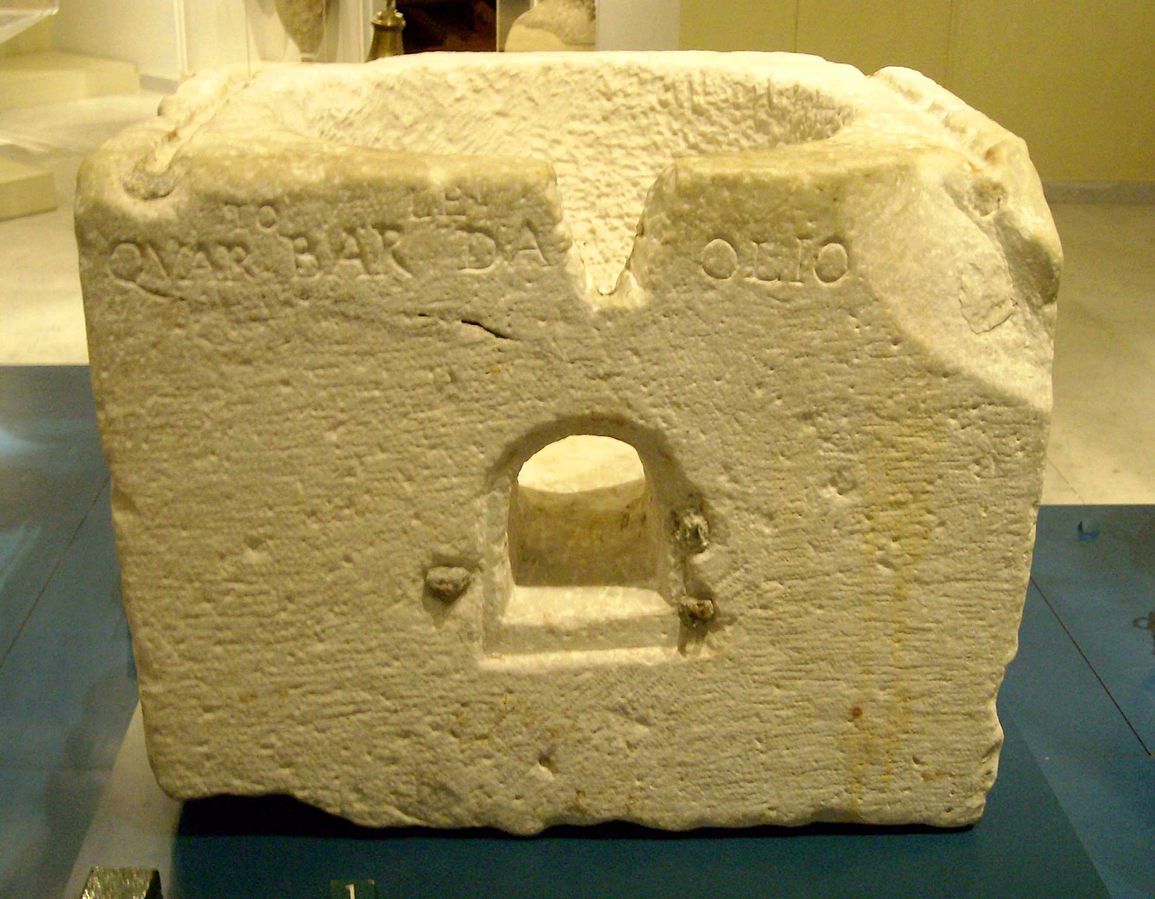
[Ancient mesure of olive oil, credit Lemone
10 - LIGURIA. In this space we really understand the link between olive and Ligurian territory. In fact, the classic "fascia" has been reproduced at the base of the incredible system of terraces with which the Ligurians modified the hills to make olive cultivation possible. Very significant is the presence of a votive pillar dedicated to the Madonna, which was always erected when an olive grove was created. A beautiful photo of the port of Oneglia reminds us of the environment of the wharf used for transport. In between, in the rotating display, we admire a series of colorful oil cans from all over the world, real design objects.
11 - THE MEDITERRANEAN DIET. Olive oil prevents cardiovascular diseases and tumors. At the end of the last century some American studies scientifically demonstrated the benefits of the Mediterranean diet, based on this food with truly unique properties. A short film shows us the nutritional aspects that have determined the success of olive oil in the last decades.
12 - ANIMAL PROPULSION MILL, THE "GUMBU". One of the most successful reconstructions of the museum shows the functioning of the "blood" crusher, the one that is moved by an animal, usually a donkey. The millstone reduced the olives to a paste collected and placed on special vegetable fiber discs. These were stacked under a press and squeezed to release the oil. A simple but ingenious system that was used for centuries.
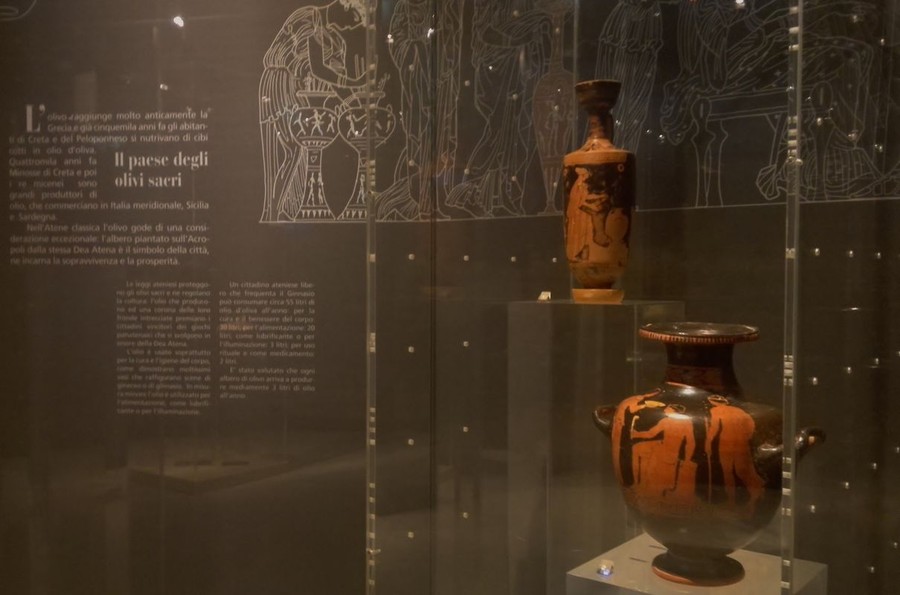
[Credit Facebook site]
13 - OIL PRODUCTION. From the ancient gumbu, thanks above all to progress in metallurgy, it gradually passed to more complex machinery, both for production and for measuring quantities. Olive oil has always been considered a rich and important food, therefore subjected to very strict rules for the protection of its quality.
14 - HYDRAULIC TENSION CRUSHER. Another suggestive reconstruction reproduces the complex mechanics of the water mill. Where the streams flowed, they tried to harness their energy through small engineering masterpieces that show how much ingenousness the ancestors had, despite a limited or almost no stay at school.
15 - OIL BUSINESS. Barrels, jars, containers and curious scales, even a Genoese stone measure. Here we find everything that had to do with the conservation, storage and transportation of the oil. The ships that left from Oneglia and Porto Maurizio to reach the ports of the whole world strongly represent the two souls of Liguria: the land and the sea.
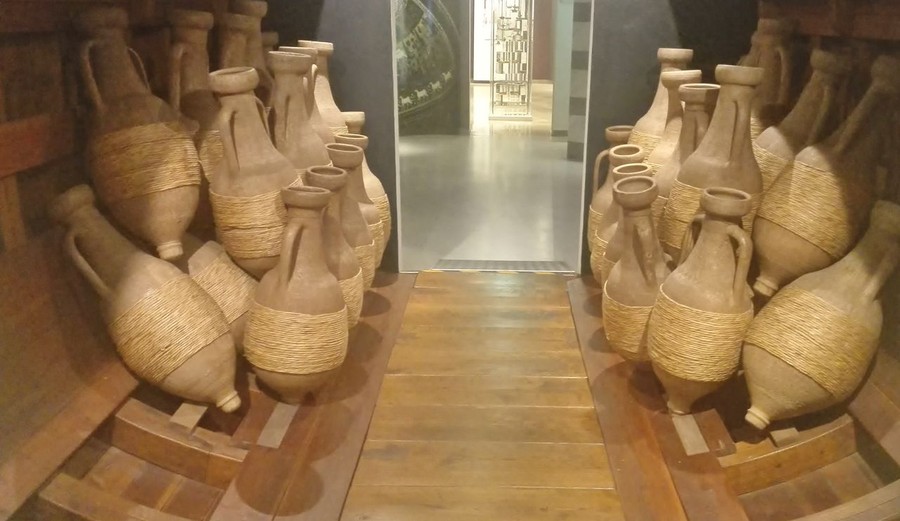
16 - RECONSTRUCTION OF A ROMAN SHIP STOWAGE. The tradition of transport by sea was certainly learned from Phoenician, Greek and Roman merchants. The museum continues to amaze us for its originality with the reconstruction of the hold of a Roman cargo ship. If the jar has always been the most used container for conservation, with its round and stable shape, the amphora was the one considered most suitable for transporting oil. Lighter and more elongated, it lent itself better to be stowed.
17 - THE OLIVE DIVINE TREE. A room dedicated to the sacral aspect of olive and oil could not be missing. Both in the most ancient religions, in particular the Greek-Roman one, and in the monotheistic religions, the oil has always taken on a dimension strongly linked to the divine. The rituals based on anointing with mixtures of olive oil and balsams are common to all the peoples of the Mediterranean. The same term Christ is not a name but an adjective meaning "anointed".
18 - THE CARLI FAMILY COLLECTIONS. The last room closes the itinerary with a series of lamps and cruets from the Carli collection that gave the A to the idea of the Museum. Food and lighting use are the clearest aspects of the link between man and the olive tree. There are incredibly precious pieces that once again underline the importance of this liquid gold for the history of humanity, closing the visit perfectly.
As you may have guessed, the Olive Museum of Imperia is certainly a must for tourists who want to discover Imperia's area.

